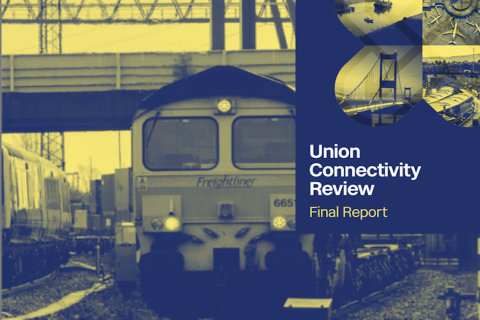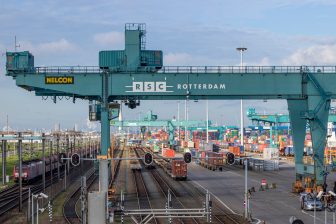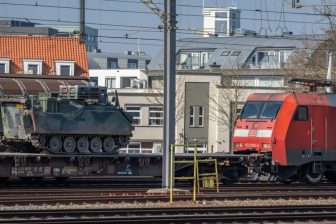
Union Connectivity Review recommends better rail freight links at ports
The UK Union Connectivity Review, published today (Friday 26 November), has recommended improved rail freight at British ports to maximise the economic potential of the government-backed freeport network. The UK government commissioned the Review to examine existing infrastructure links between the four nations of the United Kingdom (UK). Other recommendations include a direct call to improve the northern section of the West Coast Main Line, the busy mixed-traffic corridor that connects Scotland and London.
Do you want to read the full article?
Thank you for visiting RailFreight.com. Become a member of RailFreight Premium and get full access to all our premium content.
Are you already a member?
Having problems logging in? Call +31(0)10 280 1000 or send an email to customerdesk@promedia.nl.




